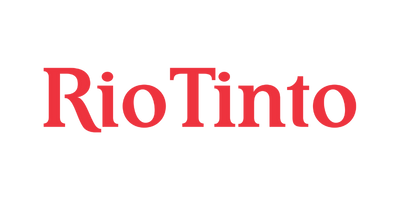
With over 2,000 acres along the shores of the Great Salt Lake, the Kennecott Southshore Wetlands is an important habitat for migratory shorebirds and waterfowl. Kennecott Utah Copper, the second largest copper producer in the United States, wants the wetlands to remains vital.
Concerns over high levels of selenium in the wetlands led Kennecott Utah Copper to engage ecological modeler Dr. John Toll and a team of wildlife and toxicology experts in an ecological risk assessment study. The study’s objective was to estimate the impact of selenium on birds in the area and determine the proportion of the nesting bird population potentially at risk from selenium exposure.
@RISK Used to Assess Wildlife Exposure to Selenium
Wetland birds such as the black-necked stilt and American avocet are exposed to selenium through their primary food source: aquatic macroinvertebrates. High exposure can result in reduced reproduction rates and physical deformities. According to Dr. Toll, “We decided to conduct a site-specific, probabilistic exposure assessment to estimate how much selenium was getting into bird eggs, so that we could determine whether and to what extent the birds were at risk, and if so, how to remedy the situation. It was also important to make the best possible use of egg selenium concentration data in order to minimize the number of eggs needed for the study, because measuring egg selenium requires destructive sampling.”
The team started with extensive sampling of aquatic macroinvertebrates to characterize selenium concentrations across the wetlands. Palisade’s BestFit was used to match the collected data to a representative probability distribution function. @RISK was then used to multiply the selenium concentration distribution function by a probabilistic trophic transfer factor (TTF). The TTF is a bioaccumulation model created using BestFit and data collected from around the western United States by the U.S. Fish & Wildlife Service. The probabilistic TTF models the movement of selenium from macroinvertebrates to eggs.
The @RISK and BestFit modeling produced spatially distributed egg selenium concentration predictions. That model was calibrated by Bayesian Monte Carlo analysis, using a small number of site-specific egg samples and observed nest location data. According to Dr. Toll, “We used @RISK’s Monte Carlo analysis to account for uncertainty in food and egg selenium concentration observations due to sampling and measurement error, and uncertainty in bioaccumulation predictions from site-to-site variability.”
Dr. John Toll
Ecological Modeler
@RISK Credited with Accuracy and Wildlife Preservation
How important was @RISK and BestFit to the project? Because of the probabilistic modeling conducted with @RISK and BestFit, the team was able to obtain exposure estimates of a reliability that otherwise would have required considerably more destructive egg sampling to overcome the imprecision of non site-specific bioaccumulation estimates. “Thanks to @RISK, our findings were more accurate, which led to effective measures to improve wetland water quality” stated Dr. Toll. He continues, “We successfully demonstrated a practical way to rigorously combine landscape data, a regional bioaccumulation model, and site-specific chemical concentration data to study population-level chemical exposures.”
Better Water Quality Criteria and a New Sanctuary
A number of significant outcomes resulted from the study. First, the study quantified effects of selenium on the bird population in the area and led to corrective actions implemented by Kennecott Utah Copper. Second, it led to the development of a model that can be used to implement EPA’s newly proposed selenium water quality criterion. The proposed criterion is a tissue concentration that serves as an indicator of water quality concerns. EPA (1) has stated that “where translation from the tissue benchmark to a water concentration is needed, a bioaccumulation factor (BAF), which may vary substantially from site to site, would need to be established.” The Kennecott study paved the way for the development of a site-specific bioaccumulation model that performs that translation (2, 3).
As part of its commitment to environmental stewardship, Kennecott Utah Copper also has created the 3,670-acre Inland Sea Shorebird Reserve on the south shore of the Great Salt Lake. The wetland and associated upland communities provide important feeding, staging (resting), and breeding habitats to migratory waterbirds. The Reserve now attracts about 150,000 migratory shorebirds and waterfowl each year, and provides habitat for many other wildlife species.
